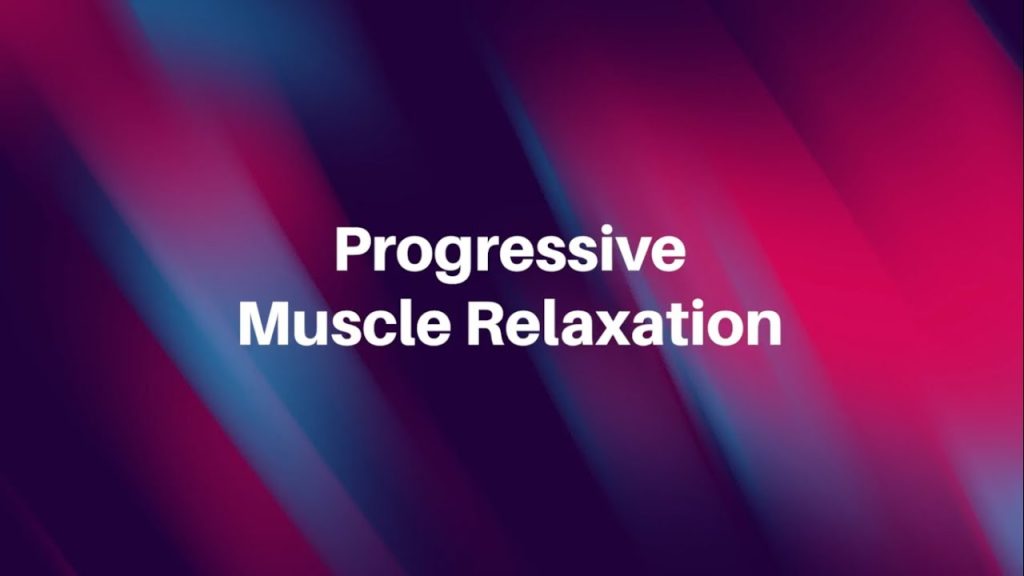Progressive muscle relaxation meditation, or PMR for short, is a form of mindfulness meditation that is widely practiced in the western world. It has many benefits that have been shown through scientific research and experts’ opinions. In this article, we will explore what PMR is, who should practice it, what are its benefits, how to do it, and some tips for beginners.
Contents
Understanding PMR Meditation
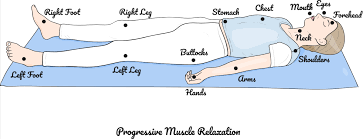
PMR is a form of mindfulness meditation that is heavily focused on relaxing the muscles in your body. The idea behind this method is to relax all the major muscle groups one by one. This process leads to a state of overall relaxation and reduces anxiety, stress, or tension that you may have stored up in your body. It can also help people fall asleep more easily.
Action Mechanism
The way PMR works is by first focusing on your breath. As you inhale, you focus on bringing in positive energy and as you exhale, you let go of any negative thoughts or feelings. Once you have a strong connection to your breath, you then begin to focus on different muscle groups in your body, starting with your feet and working your way up. You slowly tense and relax each muscle group for a few seconds before moving on to the next one.
History And Development
The history of PMR can be traced back to the early 1900s and a doctor named Edmund Jacobson. Dr. Jacobson, who was an American physician, developed this technique to help his patients deal with stress and anxiety by learning how to relax their muscles at will.
PMR is closely related to autogenic training which was developed by Johannes Schultz in the 1930s. Autogenic training is a technique that uses self-suggestion to induce relaxation and improve blood circulation.
In the 1950s, these two techniques were combined by Dr. Ainslie Meares and became known as progressive muscle relaxation or PMR.
PMR Vs. Shavasana
The major difference between PMR and Shavasana is that with PMR you focus on relaxing each muscle group in your body, whereas with Shavasana you focus on relaxing the entire body at once. In addition to this, PMR can be done sitting or laying down while Shavasana must be done lying down.
Types of PMR Meditation

PMR meditation is not a single type of meditation. It can be done using different approaches and techniques depending on your personal preference and needs.
For example, you may decide to focus only on the physical aspects of relaxing your body or combine it with mental relaxation techniques as well. Different ways of doing PMR are discussed below:
Focusing on Physical Relaxation
This is the most basic form of PMR and involves simply relaxing your muscles one by one. You can do this by tensing them up for a few seconds and then releasing the tension. Repeat this process until you have relaxed all the major muscle groups in your body.
You can also use visualization techniques to help you relax. Visualize the tension leaving your body with each breath and make sure to breathe deeply as you do so.
Combining Physical & Mental Relaxation
This is a more advanced form of PMR where you combine physical relaxation techniques with mental ones. This can be done by focusing on relaxing both mind and body at the same time through breathing exercises.
You can also combine other meditation techniques like body scanning with PMR. For example, you may scan your body for any tension and then relax that area when it’s found.
PMR Meditation to Fall Asleep Quickly
Another way is by using PMR meditation as a sleep aid. This can be done through visualization techniques or simply relaxing your muscles before going to bed every night. You may also want to practice breathing exercises while doing so to fall asleep more quickly and easily than usual.
Benefits of PMR Meditation
There is a large amount of scientific research that has been conducted on the benefits of PMR meditation. The following are some examples:
Relieves GAD Symptoms
A study published in the journal BMC Psychiatry found that PMR was an effective treatment for generalized anxiety disorder (GAD). It showed that people who practiced PMR had a significant reduction in symptoms compared to those who did not.
Helps With Chronic Pain
A study published in the journal Evidence-Based Complementary and Alternative Medicine found that PMR was an effective treatment for chronic pain. It showed that people who practiced PMR had a significant reduction in pain intensity, fatigue, and depression symptoms.
Aids In Insomnia
A study published in the journal Mental Health and Physical Activity found that PMR was an effective treatment for insomnia. It showed that people who practiced PMR had a significant reduction in sleep latency, wake after sleep onset time, and total sleep time compared to those who did not.
Relieves Depression Symptoms
A study published in the journal Clinical Psychology & Psychotherapy found that PMR was an effective treatment for depression. It showed that people who practiced PMR had a significant reduction in depressive symptoms compared to those who did not.
Treats Fibromyalgia
A study published in the journal Pain Medicine found that PMR was an effective treatment for fibromyalgia. It showed that people who practiced PMR had a significant reduction in anxiety, depression, and pain intensity compared to those who did not.
PMR meditation has also been found to be an effective treatment for:
- Headaches and migraines
- High blood pressure
- Insomnia
- Chronic pain (such as back, knee, or hip pain)
Practicing PMR Meditation
Anyone can practice PMR, but it is most beneficial for people who are struggling with anxiety, stress, or tension headaches. It is best to practice in a quiet and comfortable place where you don’t have to worry about distractions.
It is recommended that you practice PMR meditation daily to get the maximum benefits. However, if that is not possible or feasible for you, then try to practice at least three times a week.
Basic Guide On PMR Meditation
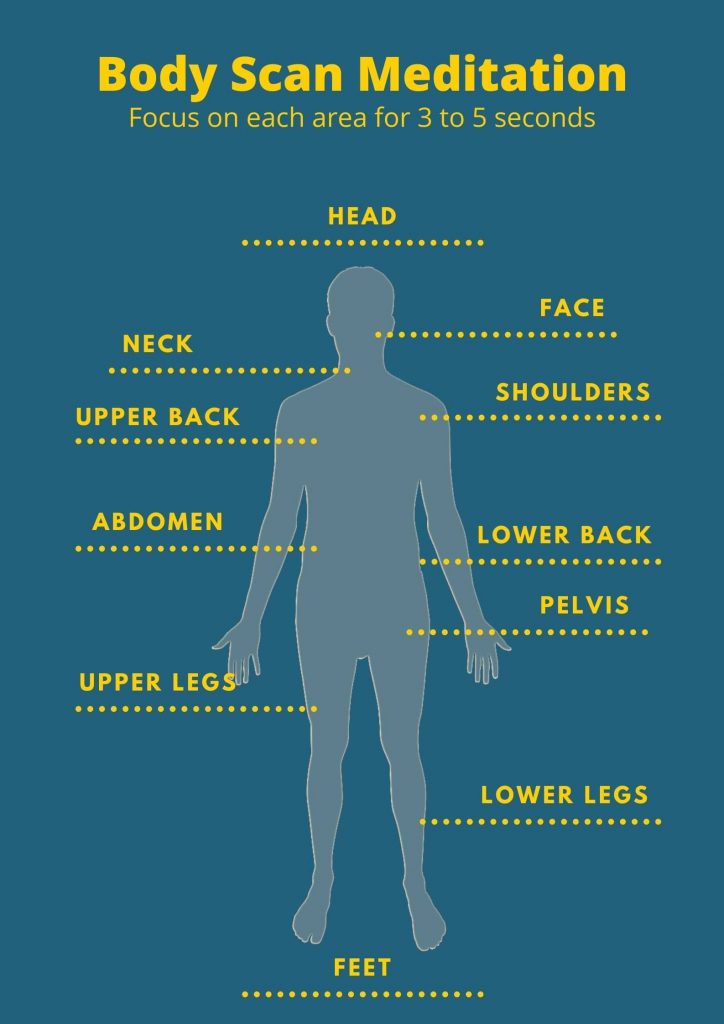
The following is a basic guide on how to practice PMR:
Step 1
Set An Intention: Start by sitting or lying down in a comfortable position. Make sure your spine is straight, but do not strain yourself.
Step 2
Feel Your Breath: Close your eyes and take a few deep breaths, inhaling through your nose and exhaling through your mouth.
Step 3
Focus On Your Breath: For the next few minutes, focus on your breath. Breathe deeply and slowly as you pay attention to how it feels when air enters and leaves your lungs. If any thoughts or distractions arise, gently bring yourself back to focusing on breathing in and out of your body.
Step 4
Relax Your Muscles: Now that you are present and focused, begin to focus on different muscle groups in your body, starting with your feet and working your way up. Slowly tense and relax each muscle group for a few seconds before moving on to the next one.
Step 5
Release Tension: When you reach the top of your head, take a few deep breaths and release any remaining tension.
Step 6
Stay & Be Still: Stay in this position for as long as you feel comfortable. When you are ready to open your eyes, do so slowly and gradually.
Tips for Beginners
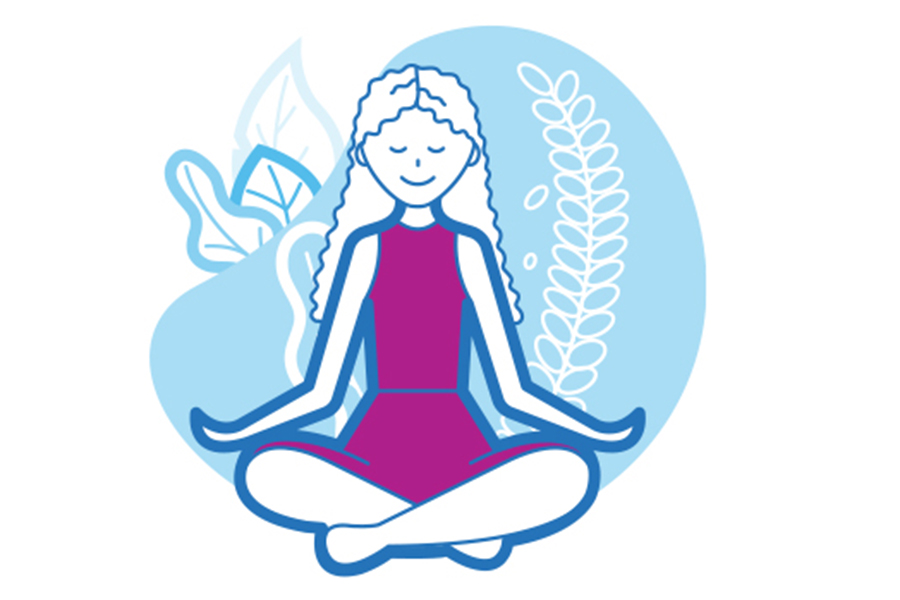
If this is your first time practicing PMR, keep these tips in mind:
- Practice in a quiet place where you don’t find any distractions or interruptions.
- Practice when you have ample time. You may want to set aside 30 minutes or longer the first few times that you do it.
- Invest in comfortable clothing and accessories, such as pillows and blankets. As it will make sure that your physical body gets support throughout the meditation.
Experts’ Opinion About PMR Meditation
There is a growing body of research that supports the benefits of PMR meditation. In addition to the studies mentioned earlier, here are some other experts’ opinions about PMR:
“PMR can be extremely helpful in managing stress and tension headaches as well as reducing anxiety and improving sleep.” –Headache & Migraine Association of America
Brain Activity During PMR
Journal Brain Research
A study published in the journal Brain Research found that PMR meditation was associated with changes in brain activity. It showed that people who practiced PMR had increased alpha and beta waves compared to those who did not.
Journal Brain Connectivity
A study published in the journal Brain Connectivity found that during PMR meditation there was increased connectivity between the frontal cortex (the part of the brain responsible for executive functions such as decision-making and problem-solving) and the anterior cingulate cortex (ACC), which is associated with stress reduction.
Case Study
Case Example 1
The research was conducted to explore how PMR meditation affects brain activity. A small group of people participated in two different mindfulness meditations, one being PMR and the other one being Shavasana or corpse pose.
The results of the study showed that there was increased connectivity between the frontal cortex and the ACC during PMR meditation, as well as decreased connectivity between the amygdala (the part of the brain responsible for fear and anxiety) and other regions including the hippocampus (involved in memory formation) and hypothalamus (regulates body temperature, hunger, thirst).
Case Example 2
A woman named Sarah had been struggling with anxiety, depression, and insomnia for many years. Then she came to know about PMR meditation. She started by practicing twice a day for 30 minutes each time; once in the morning before work and again before bed at night.
She found that her anxiety and depression improved significantly after a few weeks of regular practice, but she was still having trouble sleeping. However, after several months of practicing PMR meditation daily, she noticed that not only did the frequency and duration of her insomnia decrease. But also when it did occur, it didn’t bother her as much because she knew PMR to deal with it.
Conclusion
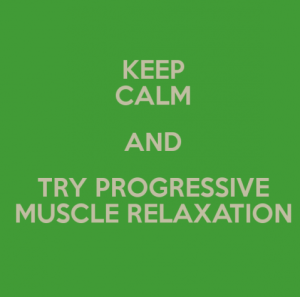
The benefits of PMR meditation are many and varied, but one thing that all practitioners agree on is that it can help you to relax your body and mind. It helps reduce stress, anxiety, tension headaches, and depression in many people. If you are struggling with any of these problems, try practicing PMR regularly for 30 minutes or more each day and see how it affects your life. And do let us know.
A Word From Therapy Mantra
Your mental health — Your psychological, emotional, and social well-being — has an impact on every aspect of your life. Positive mental health essentially allows you to effectively deal with life’s everyday challenges.
At TherapyMantra, we have a team of therapists who provide affordable online therapy to assist you with issues such as depression, anxiety, stress, workplace Issues, addiction, relationship, OCD, LGBTQ, and PTSD. You can book a free therapy or download our free Android or iOS app.
